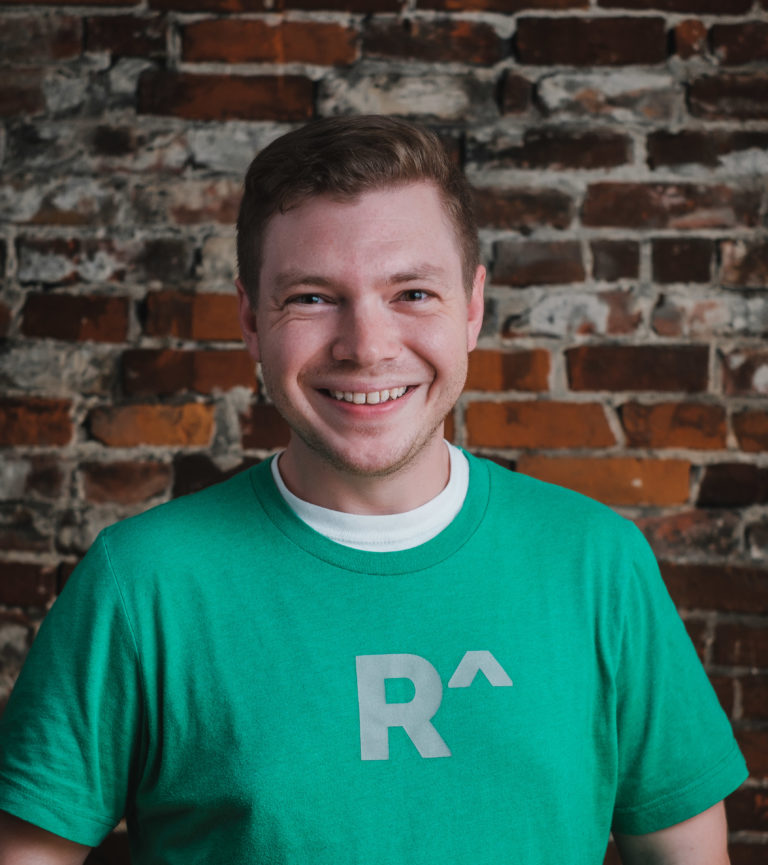MATTER Member Profile: James Lloyd of Redox
A Former Epic Employee is Connecting Disparate EHR Systems

2016 medical records don’t belong in manila folders. For years, health systems around the world have put resources into digitizing those records, introducing quicker accessibility, stronger security, and cloud storage. Unfortunately for third party engineers, there’s no universal standard — every health system stores data differently.
That’s why James Lloyd, alongside Niko Skievaski and Luke Bonney, built Redox, an electronic health records integration platform. The trio began work on the platform in 2014 to provide a layer of digital translation atop an array of disparate EHR systems.
“We have some common languages, but each health system has its own dialect,” Lloyd said. “So we try to provide that universal translation and normalization layer so that everybody can talk in one true language.”
“Each health system has its own dialect”
Redox is not Lloyd’s first excursion into healthcare. He began his work in the space with Madison-based EHR company Epic. There, he was able to work on problems he characterized as “intrapreneurial,” internal projects that required an entrepreneurial approach. One project was a communication framework to help Epic headquarters communicate with Epic health systems around the country.
“The projects I was doing before that were just for fun to help out internally,” he said. “But [the communication framework] had a big enough impact that then I shifted into working on interoperability and web services; more on the integration side of things.” Interoperability and web integration would ultimately serve as the basis for Redox.
But first, the trio jumped into the incubator world. Skievaski co-founded Wisconsin’s largest co-working space 100State, and Lloyd joined its board of directors. Then, with Bonney, they founded a healthcare startup incubator called 100Health. “It was a very, very early-stage incubator,” Lloyd said. “It worked really well except for the part where we had to figure out how to pay ourselves.”
“It worked really well except for the part where we had to figure out how to pay ourselves.”
Questions around investor payout and keeping the incubator’s lights on ultimately forced the founders to scrap 100Health. But in helping build its member companies, Lloyd discovered that several needed EHR integration support, and thus realized a single, reusable tool to support that integration might make sense. This tool represented the kernel of inspiration that would ultimately yield Redox.
Now – two years later – Redox supports dozens of health systems and hundreds of application vendors today. The website hosts a gallery of applications built with Redox support. The company is also working on partnerships with EHR systems to create a sandbox environment that will allow developers to simulate integrations via Redox.
Lloyd said these days he spends most of his time figuring out the challenges application developers face today and where the healthcare software market is headed. He also works to support the application’s robustness to ensure that, as Redox scales, it can handle all the extra weight.
“Sometimes it metaphorically keeps me up at night, and sometimes it literally keeps me up at night,” Lloyd said. “But I think looking back 20 years from now I would be unsatisfied if I was doing something that didn’t have real world impact. The high impact comes with high responsibility.”
For more on James, see his LinkedIn.


